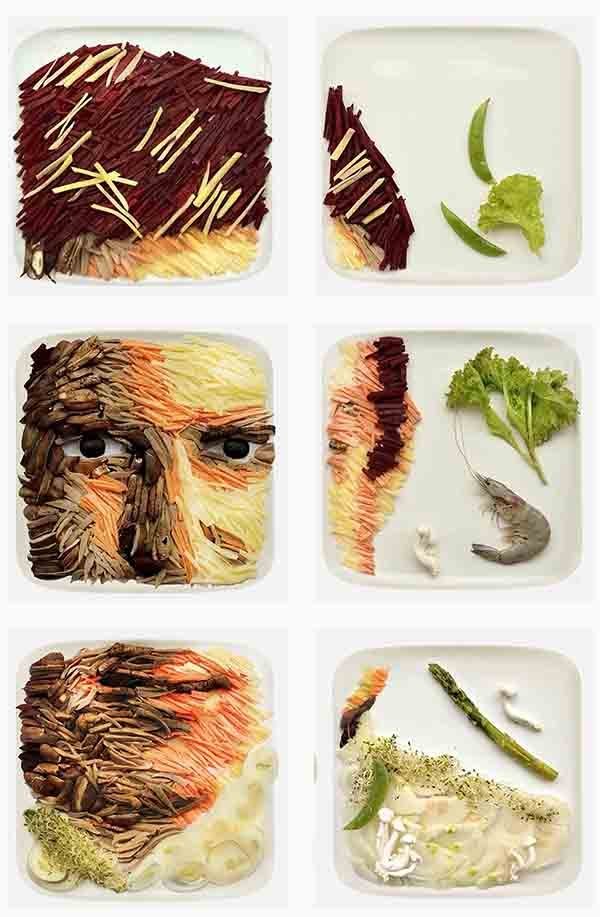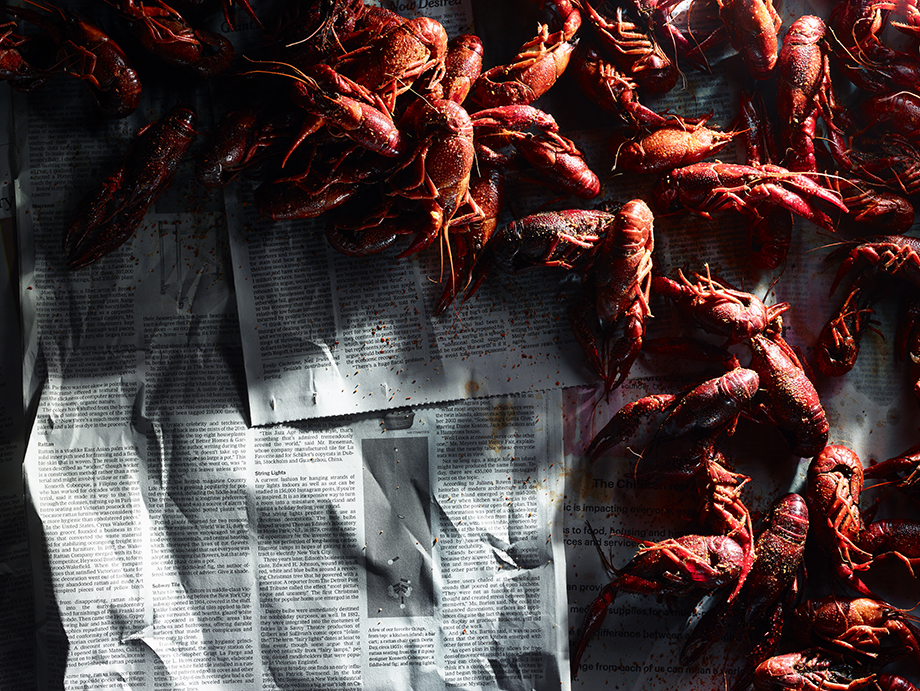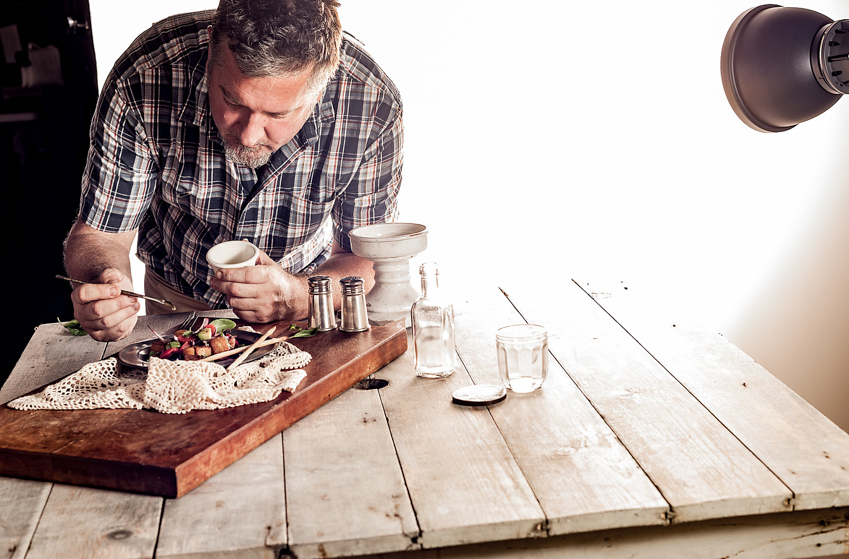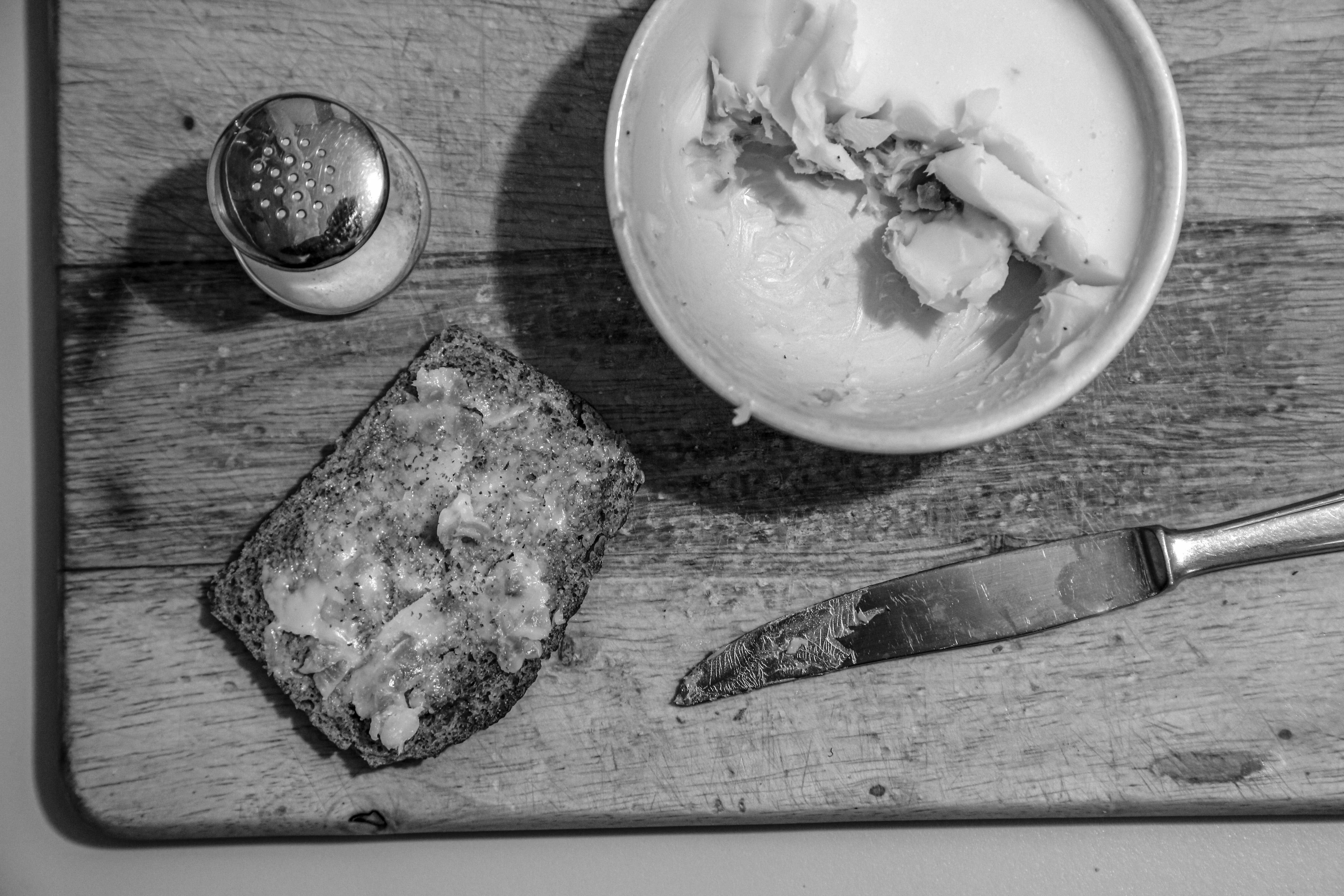Red Hong Yi Explores Conceptual Food Art
Most of us have a vivid memory or two of parents chastising us, insisting not to “play with our food”. Clearly, that message never sunk in with Malaysian artist “Red” Hong Yi. A “painter without a paintbrush”, the artist often relies on everyday food materials en masse, from the remnants of sunflower seeds to individual grains of rice. Capable of larger-than-life compositions and miniature, intimate canvases alike, her skill lies in transforming the banal into something breathtaking.
Creative catalyst doesn’t often come in the form of cracked egg shells, disposable chopsticks, or chopped vegetables. What’s more, they rarely become the backbones in works of art. Red Hong Yi, however, has a knack for making viewers forget that they’re looking at food, feathers, or flower petals.
31 Days of Food, an Instagram experiment gone viral, was one of the projects that launched the former architect’s exploration into food as medium. Square plates became her canvas as she drew inspiration from art history and pop culture. She reimagined red cabbage leaves as red carpet dress ruffles, nori and rice as The Great Wave off Kanagawa. Drawing comparisons between the textures, shapes, and colors of entirely unlike objects, her work made a splash instantly. The painstaking effort of arranging the individual seeds of a fruit into a complex figure is a feat that just about any viewer can admire and understand.
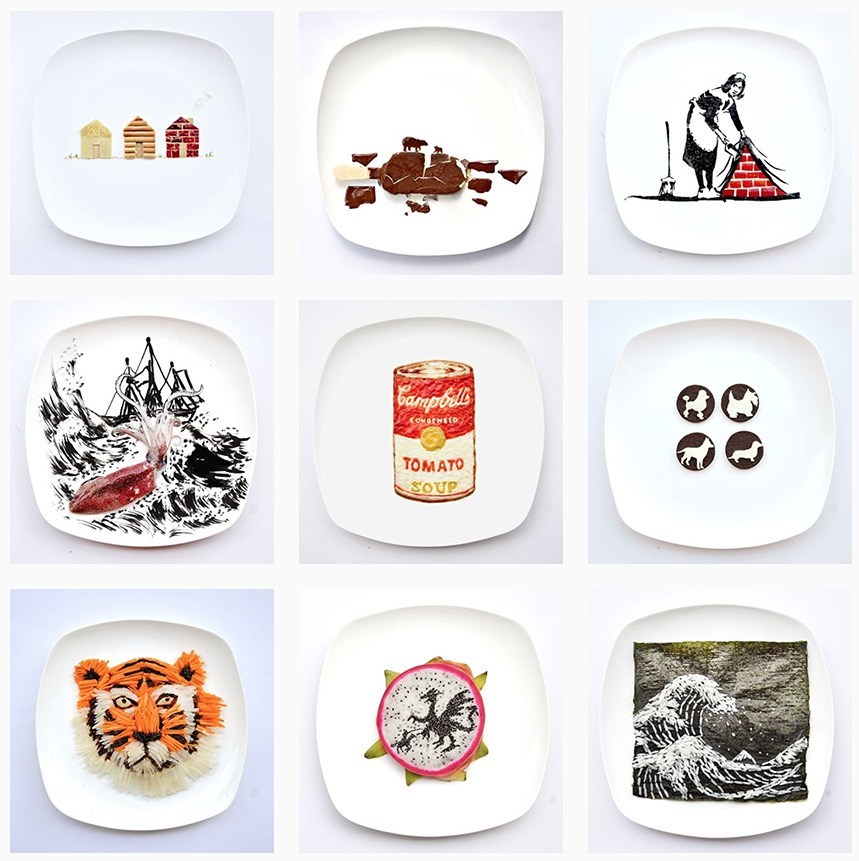
Not long into her journey as an artist, Red strayed from the kitchen table in favor of larger surfaces that offered a bit more dimension. 60 Dragons was one of her first attempts to bring her conceptual food art to a gallery space. Divided into groups of 4, 8, 16, and 32, the massive piece consisted of hanging bundles of chopsticks. While this may not sound particularly impressive at first, viewing from a distance reveals a portrait of actor Jackie Chan. Essentially, the final piece is a form of 3D pointillism.
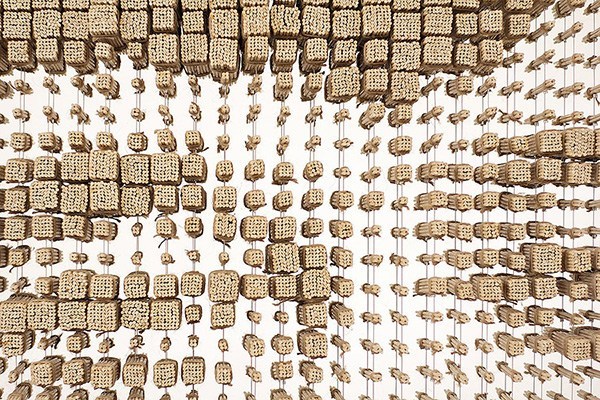
Over time, she developed advanced techniques to retain even greater levels of detail in her conceptual food art. Sunflower Seeds Di Er, for instance, was a hyperrealistic portrait of artist Ai Weiwei made from 7 kgs of sunflower seeds, meticulously collected from an old Shanghai alleyway. Jay features a similar style, but instead uses layers of fragmented coffee stains to build an image. Inspired by a song by Chinese pop star Jay Chou, the composition was created by repeatedly lifting and placing down an overflowed mug of coffee. The laborious processes she goes through in order to bring her creations to life become just as much a part of the art as the final product itself.
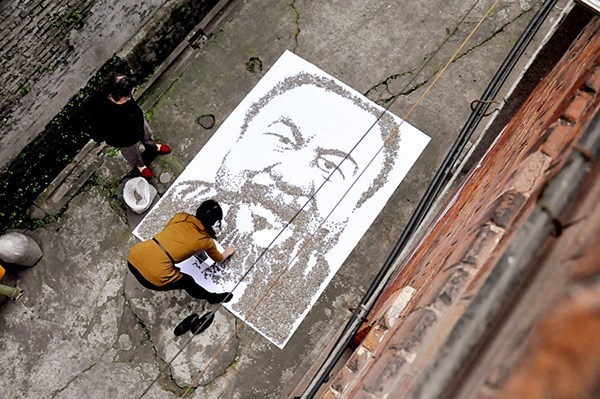
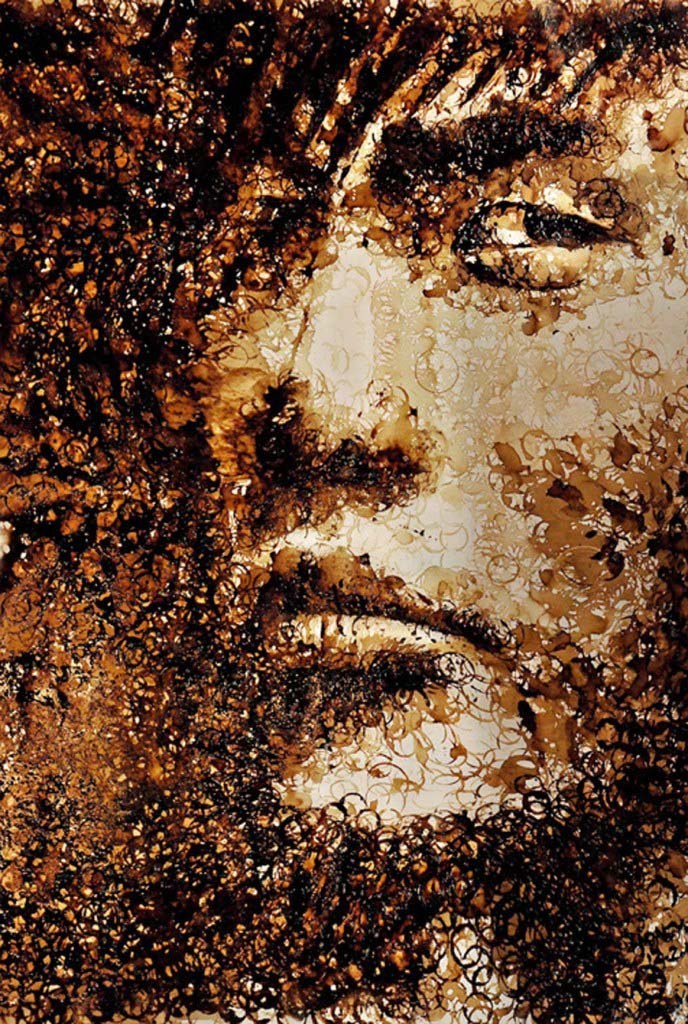
Red’s conceptual food art pieces serve as an important reminder of what art is, at its core. It’s not state-of-the-art cameras or expensive clients. Followers gained or dollars earned doesn’t define art, either. For Red, each piece is about utilizing what materials are available and shifting them into something that resonates. It’s a practice of patience and creativity, and most importantly, recognizing aesthetic potential in the most unlikely places.
